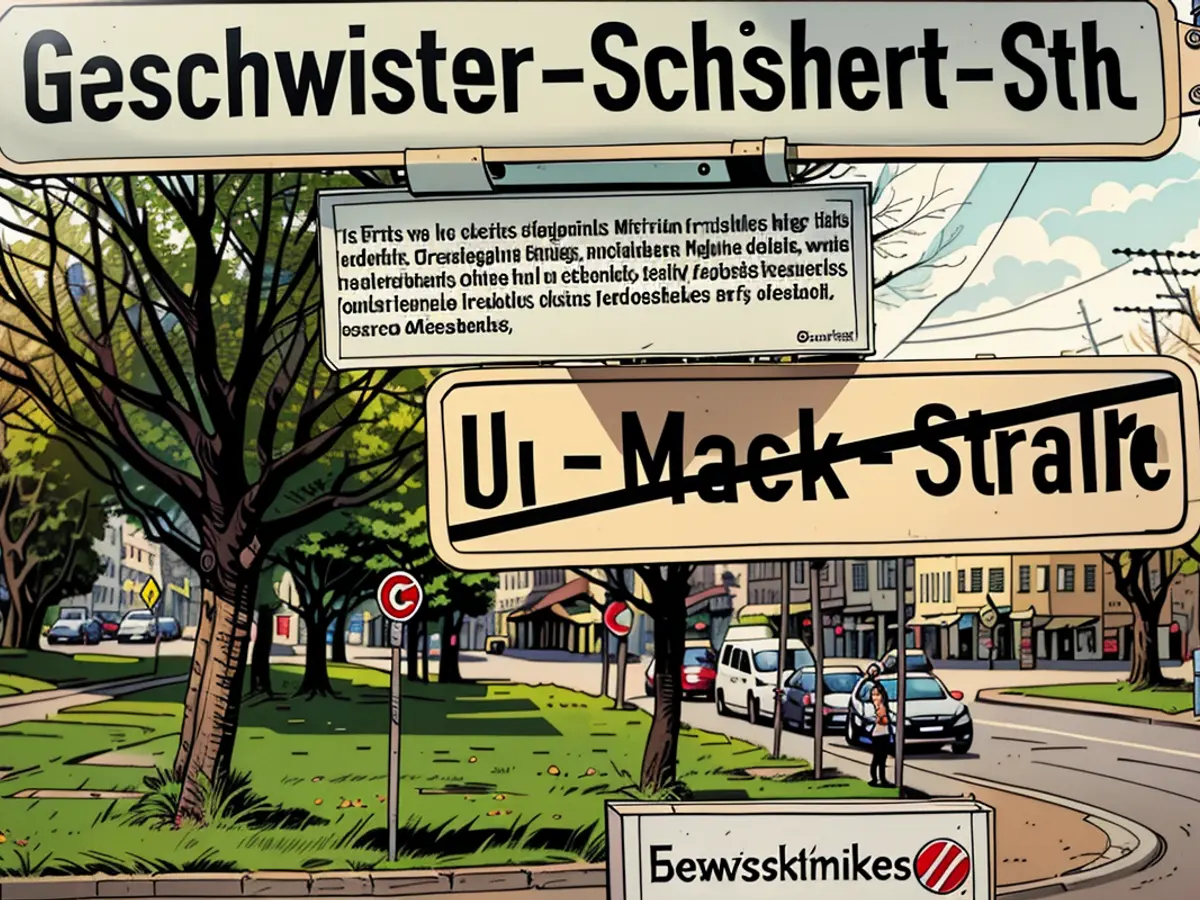History - Swabian district clinics commemorate murders of patients during the Nazi era
The District Clinics of Swabia are confronting a dark chapter in history: the Murders in the Time of the Nazi Dictatorship from 1939, known as the "Action T4" euthanasia program.
Estimates suggest that more than 200,000 predominantly mentally ill or disabled people were killed during this program by the National Socialists.
Systematic murders of patients also took place at the former Heil- und Pflegeanstalt Kaufbeuren-Irsee. According to the district, more than 2500 people died there, including at least 210 children. The perpetrators spoke cynically of a "mercy death" back then.
A statue at the entrance of the Bezirkskrankenhaus in Kaufbeuren will in the future serve as a reminder of these events. The artwork was created collaboratively with students and pupils from the Jakob-Brucker-Gymnasium in Kaufbeuren and the nursing school of the local Bezirkskrankenhaus. In addition, an exhibition titled "In Memoriam" will be opened during a commemoration ceremony on the coming Tuesday, which deals with the Murders.
The city of Augsburg had dealt with the topic roughly two years ago and renamed a street, which leads to the main administration of the Swabian District Clinics, from "Dr.-Mack-Straße" to "Geschwister-Schönert-Straße". The original namesake, the doctor Max Ludwig Mack (1909-1966), was involved in the forced sterilization of people defamed as "hereditarily ill" during the NS era.
The siblings Günther and Brigitte Schönert were murdered in their infancy during the Nazi euthanasia program. The siblings, who were born in Augsburg, were likely taken to the Heil- und Pflegeanstalt in the Allgäu and killed with overdoses of medication.
Federal Center for Political Education on the Murders District Clinics Swabia to the Murders
- The District Clinics of Swabia, situated in the heart of Bavaria, are centered around a dark chapter of history, the "Action T4" euthanasia program carried out by the National Socialists.
- In the Municipality of Kaufbeuren, where one of the clinics resides, more than 2500 people, including at least 210 children, lost their lives during the program at the former Heil- und Pflegeanstalt Kaufbeuren-Irsee.
- As a reminder of these harrowing events, a statue at the entrance of the Bezirkskrankenhaus in Kaufbeuren, collaboratively created with local students and pupils, will serve as a testament to the past.
- Commemorating the victims, an exhibition titled "In Memoriam" will be opened in Kaufbeuren, shedding light on the tragedies that occurred during the Nazi euthanasia program.
- In another Municipality of Bavaria, Augsburg, the history of Swabia's District Clinics has been addressed, with a street renaming event in remembrance of the Schönert siblings, who were victims of the same program in their infancy.








